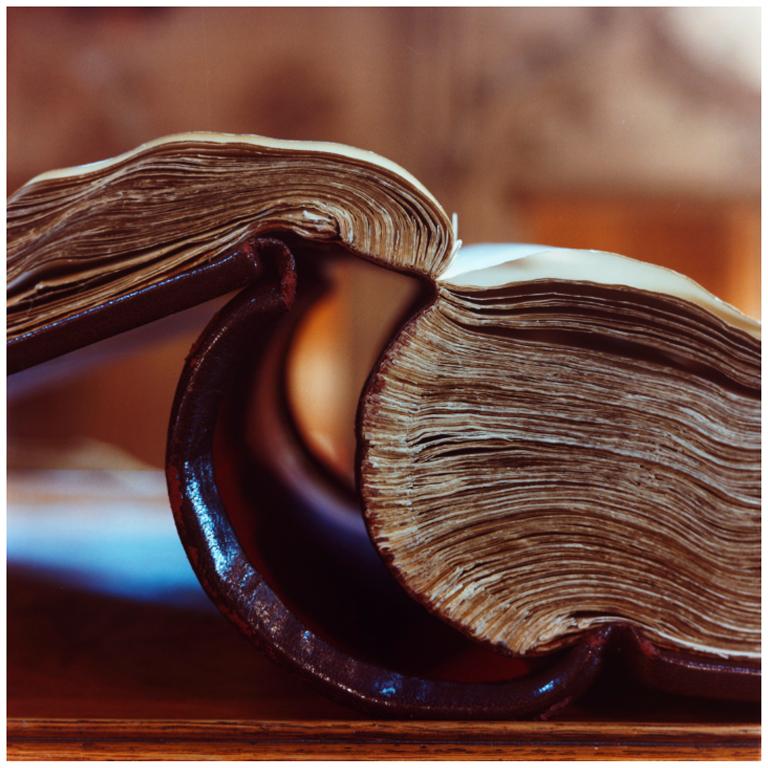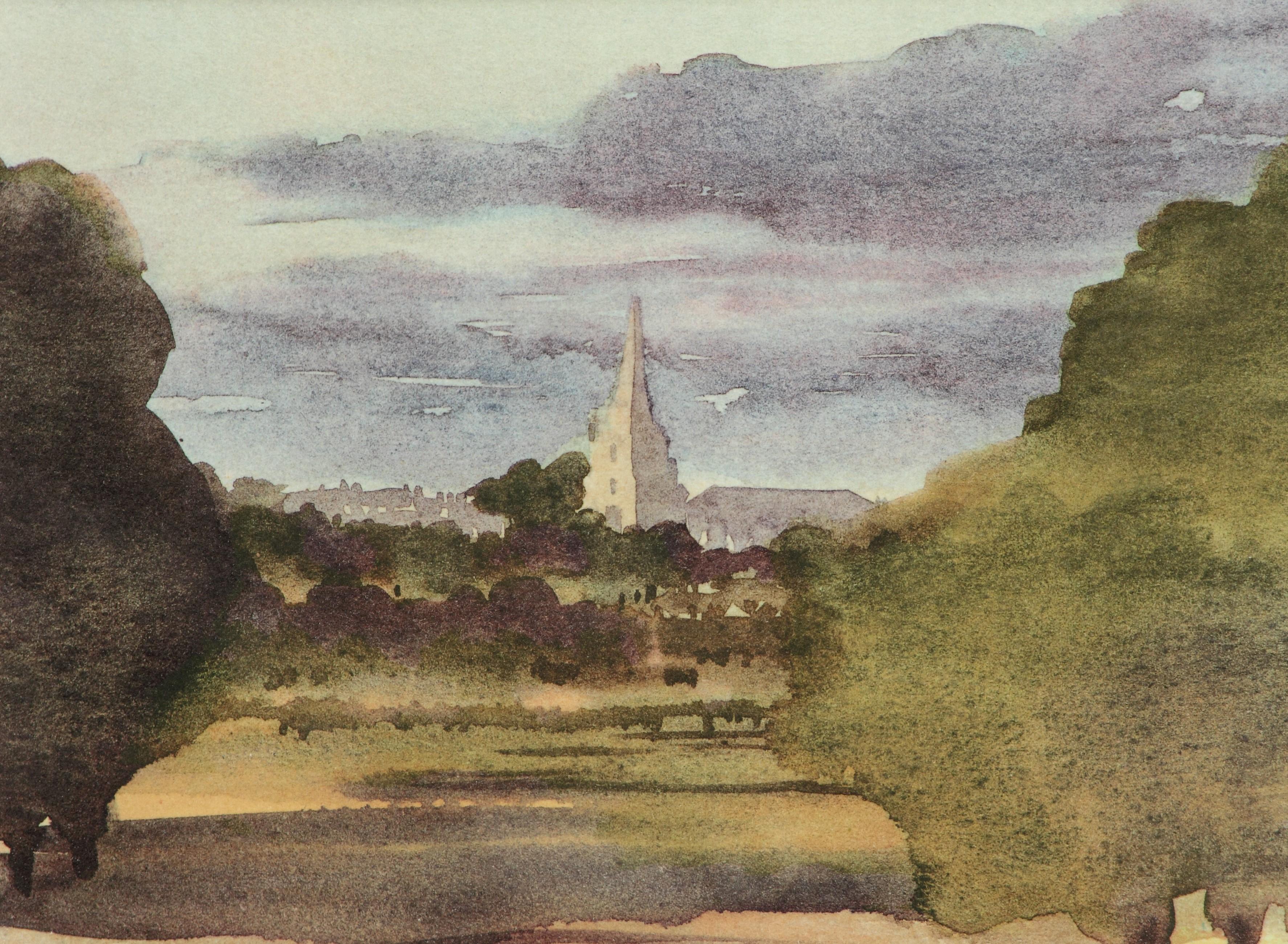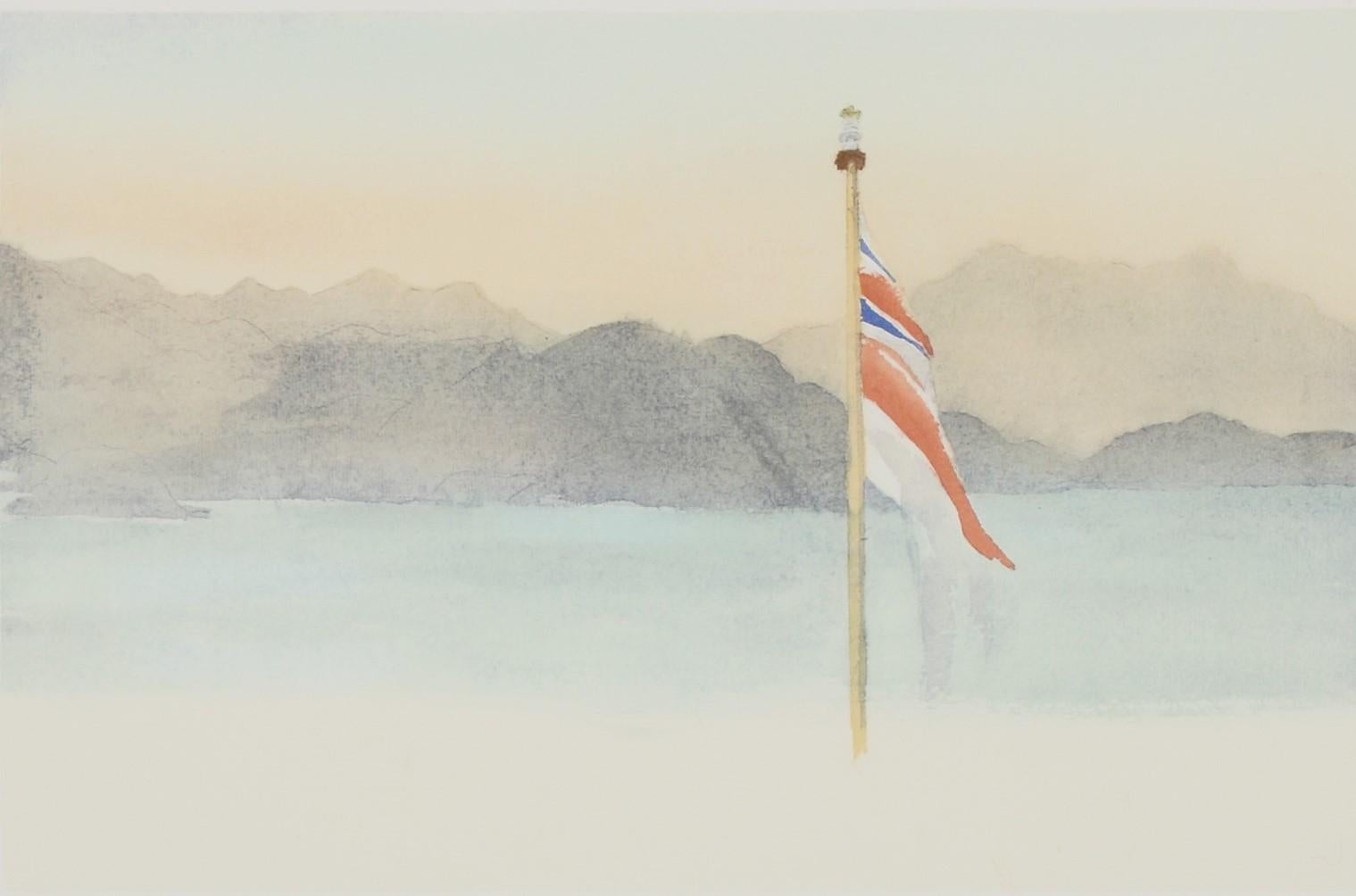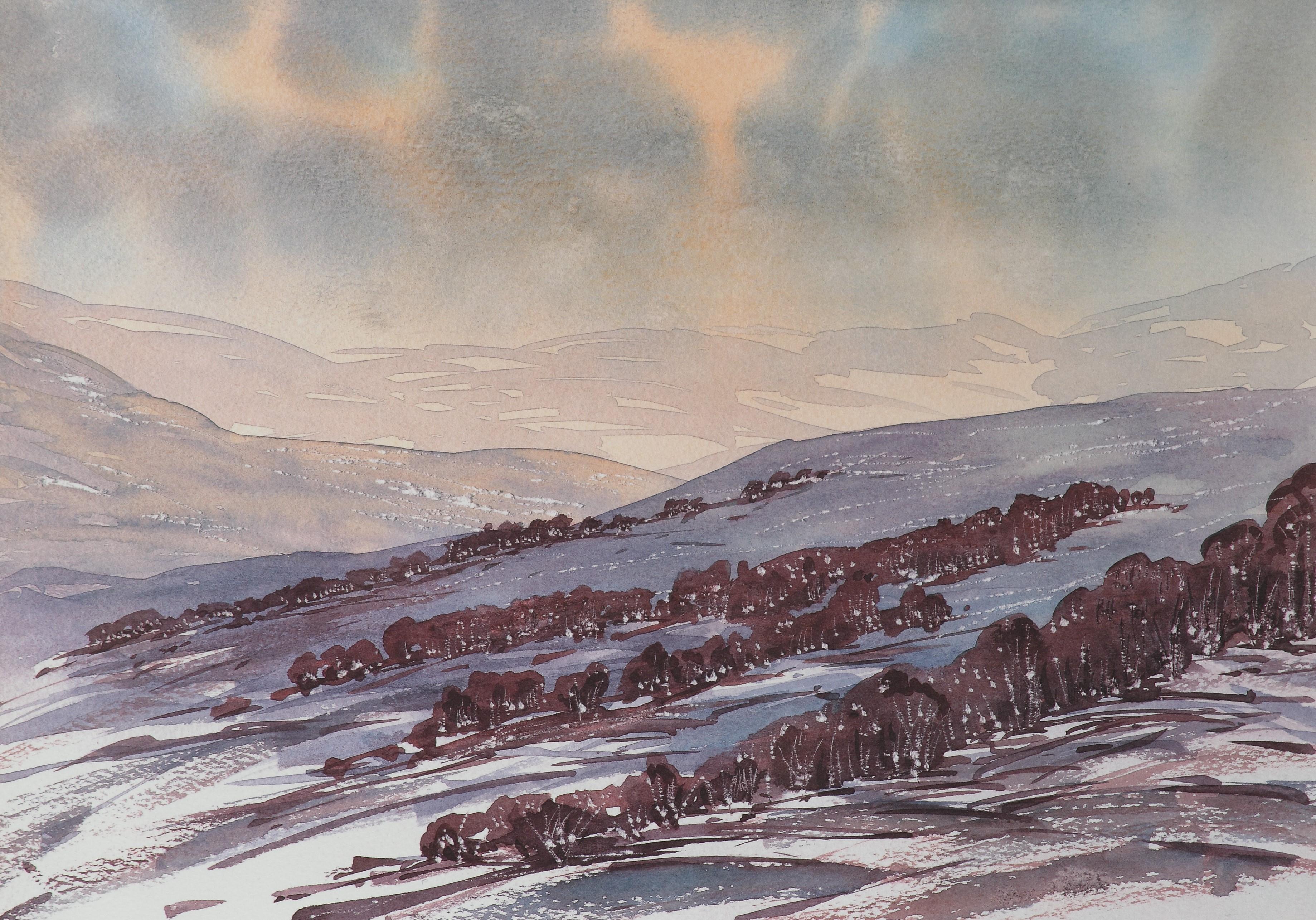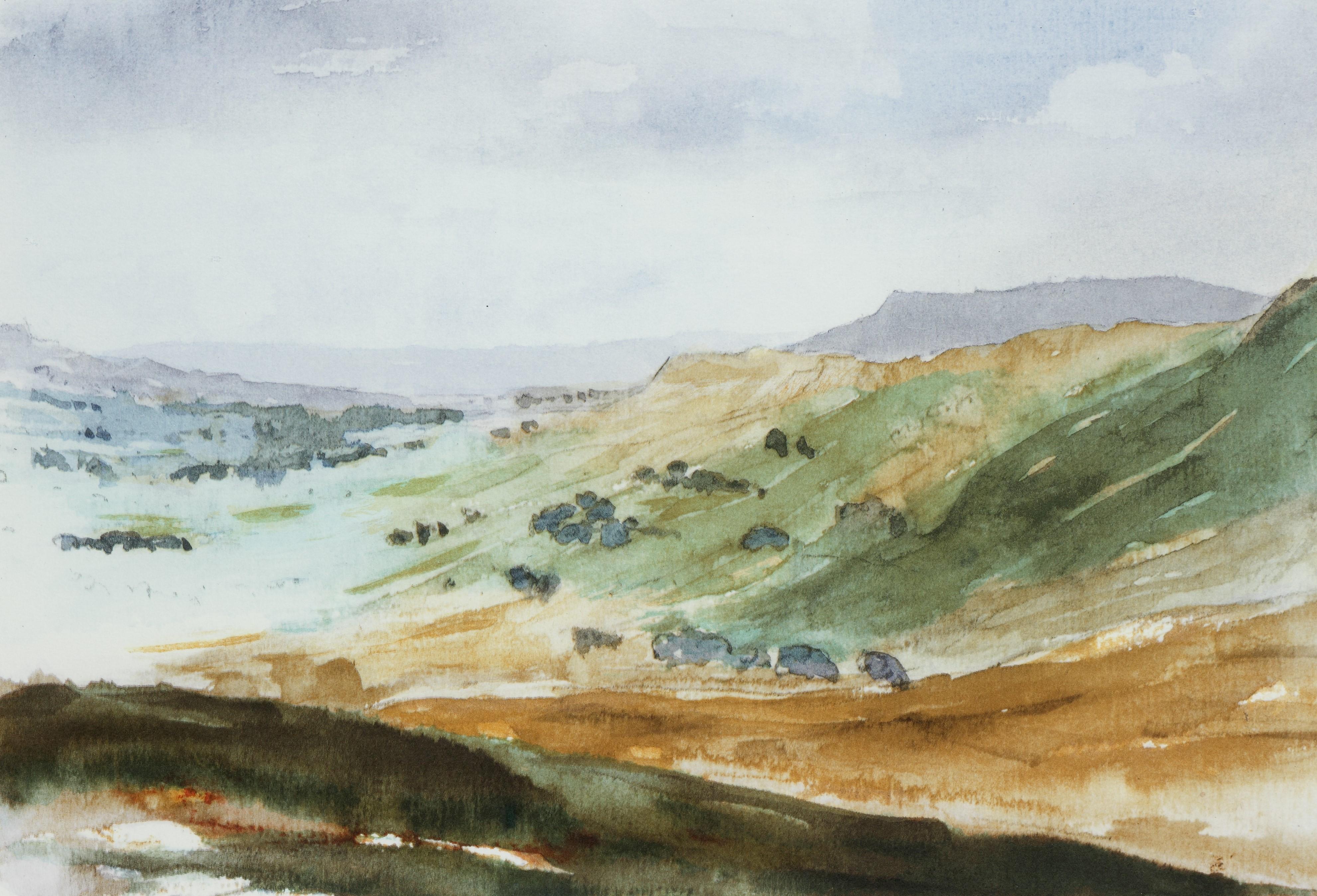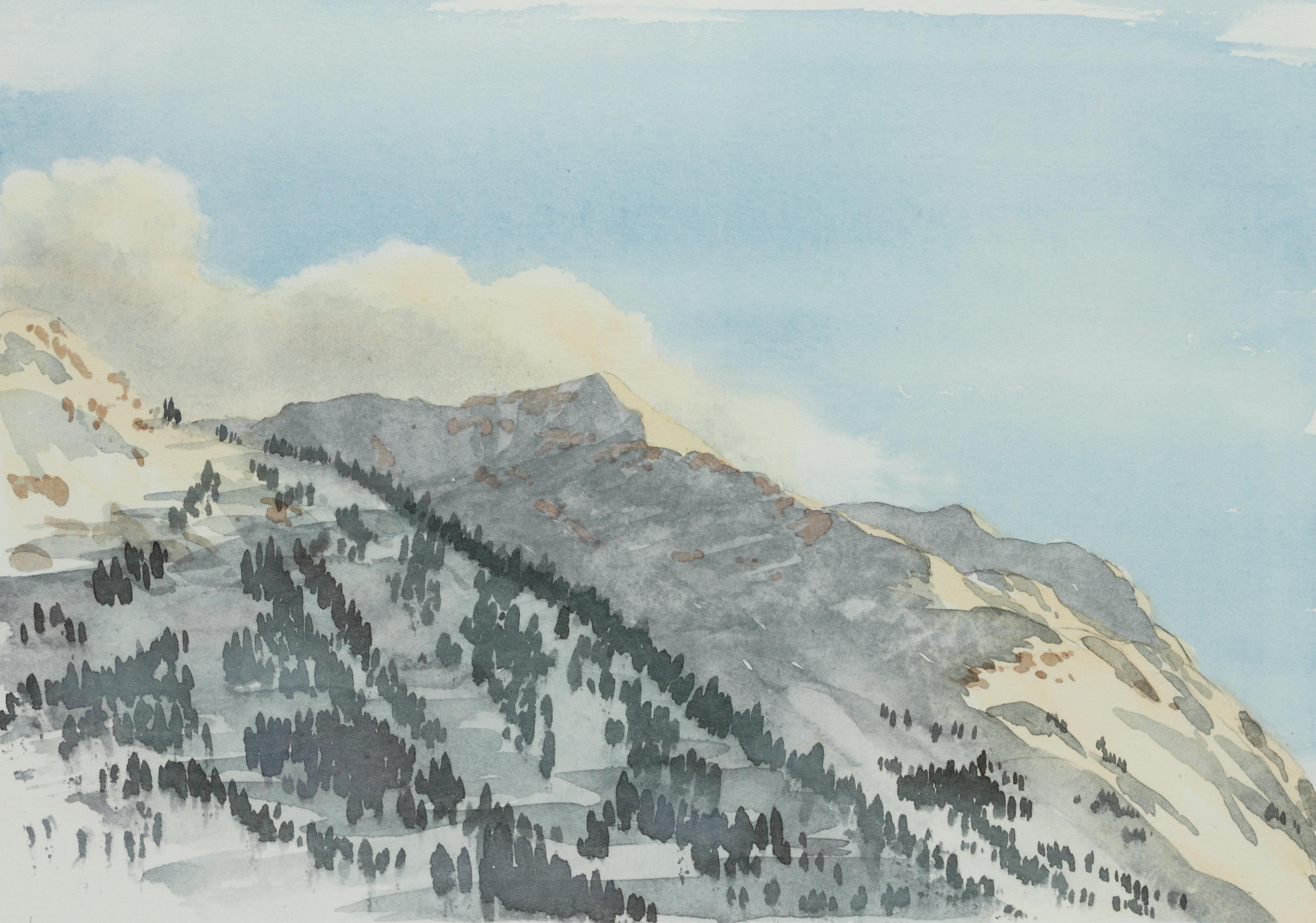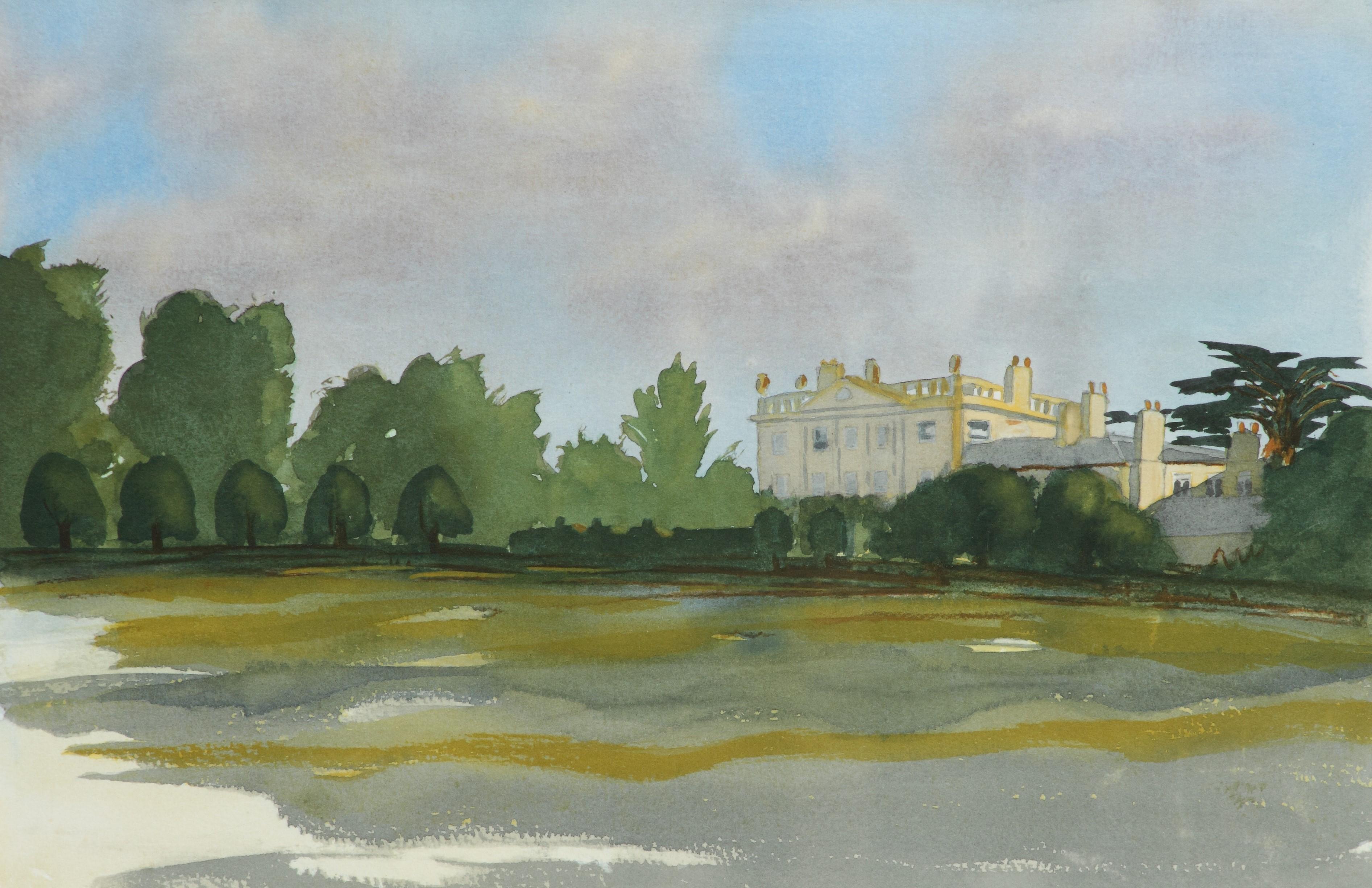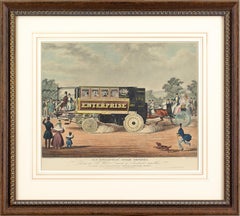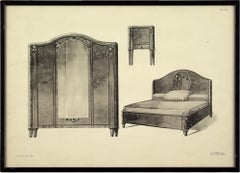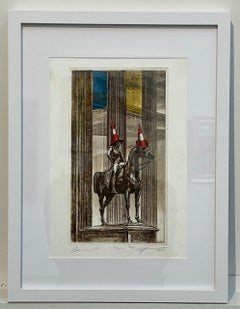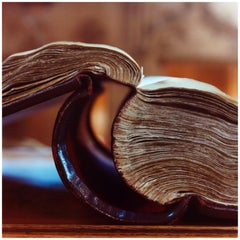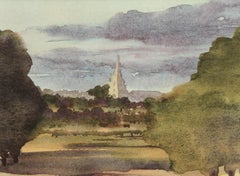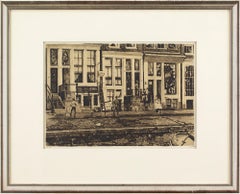
Willem Witsen, Oude Waal, Amsterdam, Etching
View Similar Items
Want more images or videos?
Request additional images or videos from the seller
1 of 13
Willem WitsenWillem Witsen, Oude Waal, Amsterdam, Etching1912
1912
About the Item
- Creator:Willem Witsen (1860 - 1923, Dutch)
- Creation Year:1912
- Dimensions:Height: 21 in (53.34 cm)Width: 27 in (68.58 cm)
- Medium:
- Movement & Style:
- Period:
- Condition:Artwork presents well. Frame with some light wear.
- Gallery Location:Cheltenham, GB
- Reference Number:1stDibs: LU2328211673102
About the Seller
5.0
Platinum Seller
These expertly vetted sellers are 1stDibs' most experienced sellers and are rated highest by our customers.
Established in 2017
1stDibs seller since 2023
120 sales on 1stDibs
More From This SellerView All
- Walter Hancock’s Enterprise Steam Omnibus, 19th-Century Hand-Coloured LithographLocated in Cheltenham, GBThis charming mid-19th-century hand-coloured lithograph depicts the ‘Enterprise Steam Omnibus’, the most successful steam carriage of its period. In the early 19th century, long-distance travel was predominantly undertaken by horse-drawn carriages. Yet, every so often, the clitter-clatter of hooves was abruptly overshadowed by the whir of steam-powered technology. From around 1801, several plucky inventors began developing carriages which could propel themselves via steam. The majority were notoriously unreliable, often breaking down, too slow to be practical, and occasionally exploding. The first steam-powered carriage, invented by Richard Trevithick of Cornwall, made its debut in 1801. It was known as ‘The Puffing Devil’ or ‘Captain Dick’s Puffer’ and said to cause quite a fright when trundling towards you. But this, like several others, couldn’t sustain the rigours of regular long distance trips, which were required to support the cost of running them. Walter Hancock’s (1799-1852) carriages were different. They became the first to run regularly - initially from Stratford and London via the ‘Infant’, a ten-seater bus, and in 1833, between London Wall and Paddington via ‘The Enterprise’, which we see here. Hancock’s machines were revolutionary due to his patented steam boiler (which had less risk of exploding). The Enterprise also had a pioneering suspended engine along with several other clever additions. Driving it was a tricky affair with three operators required - one to steer and control the speed, a second to monitor the boiler’s water level, and a third to maintain the fire. It’s unclear how the three communicated over the omnipresent din. In total, Hancock’s machines carried 12,761 passengers across 4,200 miles, an incredible achievement given the constraints of the day and the condition of the roads. The Enterprise was lauded in Europe and the US, with this particular image featuring in the New York press. The lithograph is based upon an earlier engraving...Category
Mid-19th Century English School More Prints
MaterialsPaper, Lithograph
- Henry Robert Robertson, Ave Maria, EtchingBy Henry Robert RobertsonLocated in Cheltenham, GBThis fine late 19th-century etching by British artist Henry Robert Robertson (1839-1921) depicts a couple worshipping a shrine to the Virgin Mary at sea. The original painting was ex...Category
19th Century Academic Landscape Prints
MaterialsPaper, Etching
- Paul & Vigier, Set Of Four Examples Of French Room Decoration, HeliogravuresLocated in Cheltenham, GBThis stylish set of four early 20th-century French heliogravures depict various combinations of bedroom furniture from the period. They were published by Paul & Vigier and provide an interesting glimpse into the fashionable world of Parisian interiors. Framed and glazed. Established in 2017, Brave Fine...Category
Early 20th Century Academic Interior Prints
MaterialsPhotogravure, Paper
- George Sidney Hunt After Edwin Long RA, In the Wilderness, EngravingLocated in Cheltenham, GBThis late 19th-century mixed-method engraving by George Sidney Hunt (1856-1917) after Edwin Long RA (1829-1891) is one in a series of three depicting the Old Testament story of Jephthah. Here, we see Jephthah’s daughter contemplating her fate during a two-month sojourn in the wilderness. The heart-rending story of Jephthah captured Victorian minds and inspired artist Edwin Long to produce three exhibition pieces, which are now held at the Russell Cotes Art Gallery & Museum. Prior to a fearsome battle with the Ammonites, Jephthah, a leader in Isreal, committed a vow to God that he’d make a sacrifice if his armies were triumphant. “whatever comes out of the door of my house to meet me when I return in triumph from the Ammonites will be the Lord’s, and I will sacrifice it as a burnt offering...Category
19th Century Academic Figurative Prints
MaterialsPaper, Engraving
- Henry Towneley Green, An Interesting Read, WatercolourLocated in Cheltenham, GBThis late 19th-century watercolour by English artist Henry Towneley Green (1836-1899) depicts two smartly attired gentlemen immersed in a fascinating book within a study interior. Th...Category
19th Century Academic Interior Drawings and Watercolors
MaterialsPaper, Watercolor
- Julius Mante (Attributed), Portrait Of A Lady, DrawingLocated in Cheltenham, GBAn enigmatic charcoal portrait of a middle-aged lady attributed to German artist Julius Mante (1841-1907). The artist has captured an expression that's deliberately tricky to deciphe...Category
19th Century Academic Portrait Drawings and Watercolors
MaterialsPaper, Charcoal
You May Also Like
- Duke of WellingtonLocated in Aberdeen Dyce, GBDuke of Wellington by Vladislav Khristenko Size of the image - 25 x 15 cm Size of the list - 34 x 22.5 cm Size in frame - 42 x 32 cm Etching and aquatint on paper #15 from edition ...Category
2010s Academic Animal Prints
MaterialsEtching, Aquatint, Paper
- Book, John Rylands Library, Manchester - Contemporary Color PhotographyBy Richard HeepsLocated in Cambridge, GBPhotographed in 1987 in John Rylands Library, Manchester and was part of Richard Heeps iconic series 'Ordinary Places', which was his first colour collection. The exhibition was show...Category
1980s Academic Color Photography
MaterialsPhotographic Paper, C Print, Color, Silver Gelatin
- Tetbury Church - Signed Lithograph, Royal Art, Royal Heritage, Cotswolds, BritishLocated in Knowle Lane, CranleighTetbury Church by His Majesty King Charles III - Hand Signed Limited Edition Lithograph. Belgravia Gallery has been honoured to be associated with ...Category
1990s Academic Landscape Prints
MaterialsLithograph
- Overlooking Wadi, Saudi Arabia - Signed Lithograph, Royal Art, Mountains, AsirLocated in Knowle Lane, CranleighOverlooking Wadi, Asir Province, Kingdom Of Saudi Arabia by His Majesty King Charles III, (created when he was HRH The Prince of Wales) - ...Category
Early 2000s Academic Landscape Prints
MaterialsLithograph
- Hong Kong from HMY Britannia - Signed Lithograph, Royal Art, Union Jack,Located in Knowle Lane, CranleighHong Kong From HMY Britannia by HM King Charles III - Hand Signed Limited Edition Lithograph. Belgravia Gallery has been honoured to be associated ...Category
Early 2000s Academic Landscape Prints
MaterialsLithograph
- Glengairn, Aberdeenshire - Signed Lithograph, Royal Art, Scotland, BritishLocated in Knowle Lane, CranleighGlengairn, Aberdeenshire, January by His Majesty King Charles III - Hand Signed Limited Edition Lithograph. Belgravia Gallery has been ...Category
Early 2000s Academic Landscape Prints
MaterialsLithograph
Recently Viewed
View AllMore Ways To Browse
Dutch Amsterdam
Amsterdam Antique
Amsterdam Etching
Etching Of Women
Etching Dutch
Drew Antique
Dutch Willem
Antique Concrete
Set Of Framed Etching
Architectural Print Set Framed
Set Of Framed Architectural Prints
Antique Doorway
Map Etching
Sets Of Framed English Prints
Architectural Etching Framed
Old Steps
Canadian Watch
Watches Canada

